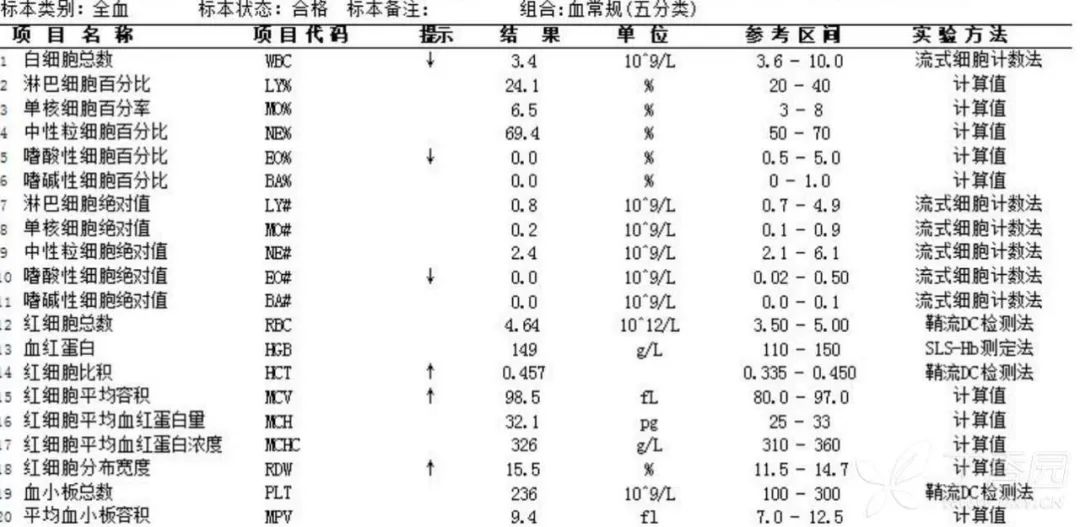Type 2 diabetes is a common chronic illness characterized by insulin resistance and eventually by decreased insulin secretion by pancreatic beta cells, leading to chronic hyperglycemia and associated long-term disease complications. In the United States, the prevalence of diabetes increased from 5.1 percent during 1988–1994 to 6.5 percent during 1999–2002.1 Like many chronic illnesses, diabetes disproportionately affects older people. It is associated with obesity, and its prevalence is higher among racial and ethnic minority populations. The annual economic burden of diabetes is estimated to be $132 billion and is increasing, mostly because of the costly complications of the disease.
Long-term complications of diabetes include microvascular disease, such as retinopathy and blindness, neuropathy, nephropathy, and end-stage kidney disease. In addition, the death rate from cardiovascular disease in adults with type 2 diabetes is two to four times as high as in adults without diabetes.2 Management of hyperglycemia using diet and pharmacologic therapy is the cornerstone of treatment for type 2 diabetes. Results from randomized controlled trials (RCTs) have demonstrated that the risk of microvascular complications, particularly retinopathy, can be reduced by improved glycemic control in patients with type 2 diabetes. However, studies have had mixed results regarding the impact of intensive glycemic control (hemoglobin A1c [HbA1c] < 7 percent) on cardiovascular events and mortality. While older studies indicated that intensive glycemic control may reduce cardiovascular morbidity and mortality, recent studies have raised the possibility that intensive glycemic control has either no effect or a negative effect on cardiovascular morbidity and mortality. These mixed results suggest the need for further research, including investigation of the long-term safety of glucose-lowering therapies. In addition to questions about optimal glycemic control, recent studies have addressed concerns about excess cardiovascular risk associated with particular oral hypoglycemic agents, specifically the risk of rosiglitazone.
In 1995, the only drugs for treating type 2 diabetes were sulfonylureas and insulin. Since then, many new pharmacotherapy options have become available. At present, there are 11 classes of diabetes medications: biguanides (i.e., metformin), thiazolidinediones, sulfonylureas, dipeptidyl peptidase-4 (DPP-4) inhibitors, meglitinides, glucagon-like peptide-1 (GLP-1) receptor agonists, an amylin analogue, bromocriptine, alpha-glucosidase inhibitors, colesevalam (a bile-acid sequestrant), and insulins. The newer agents are more costly than the older medications, and some are only approved as adjunctive therapies. In addition to having an increased number of medication choices, patients with type 2 diabetes often need to take more than one type of diabetes medication. In 2005–2006, 35 percent of all patients with diabetes were taking two classes of antidiabetes medications, and 14 percent were taking three or more classes, as compared to only 6 percent taking three or more classes in 1999–2000.
In 2007, the Agency for Healthcare Research and Quality (AHRQ) published its first systematic review on the comparative effectiveness of oral medications for type 2 diabetes, Comparative Effectiveness and Safety of Oral Diabetes Medications for Adults With Type 2 Diabetes (Comparative Effectiveness Review No. 8). The review was unique because it included comparisons of all oral diabetes medications. It also had a broad scope, including intermediate outcomes such as glycemic control and clinical outcomes such as cardiovascular disease and nephropathy, as well as adverse events. The review of 216 studies concluded that most oral diabetes medications had a similar effect on reducing HbA1c, most drugs except for metformin and acarbose caused increases in body weight, and only metformin decreased low-density lipoprotein (LDL) cholesterol. There were too few studies to make it possible to assess the differential effects of the oral diabetes medications on all-cause mortality, cardiovascular mortality and morbidity, or microvascular complications. The sulfonylurea class was associated with an increased risk of hypoglycemia, metformin with gastrointestinal problems, and the thiazolidinediones with heart failure.
In the years following publication of that review, enough studies were published to merit an update to address research gaps and integrate newer evidence. Since the first review, two new medication classes have been approved by the U.S. Food and Drug Administration (FDA). Two injectable incretin mimetics, exenatide and liraglutide, were FDA approved in 2005 and 2010, respectively. The DPP-4 inhibitors sitagliptin and saxagliptin were FDA approved in 2006 and 2009. In addition, the review needed to be updated to include evidence about combinations of medications, including combinations of an oral medication with insulin therapy.
For this update, we decided to build upon the previous evidence report by focusing on the most important issues without seeking to replicate all parts of the previous report. Thus, the current evidence report focuses on the head-to-head comparisons of medications that should be of greatest relevance to clinicians and their patients. Readers should refer to the original evidence report if they want more information about placebo-controlled trials of the medications. For the head-to-head comparisons, we conducted a comprehensive literature search that included all literature that had been searched for the first report. We expanded the scope of the review by including a few additional outcomes that were relevant to the comparisons of interest. We also included comparisons with combinations of medications. As part of the revised scope of work, we applied slightly different exclusion criteria. Therefore, this report represents both an update and an expansion of our previous comprehensive review of the evidence comparing the effectiveness and safety of oral medications used to treat type 2 diabetes.
糖尿病人食谱及忌讳 2011年AHRQ成人2型糖尿病口服药医治攻略更新
精彩推荐
- 护肤4.0时代:科学实证重塑护肤价值逻辑

随着越来越多的医疗级技术家用化,护肤行业正从概念营销迈入科学实证新阶段,以专业技术为内核的科学护肤时代已然来临。消费需求的转变,正是这场变革的核心驱动力。《2025...详细
- 以全方位安全守护重塑出行体验,问界新M5 Ultra闪耀广州车展

2025年广州国际车展如期而至,作为年末最具影响力的汽车盛会,现场汇聚了全球主流品牌与前沿技术。在众多展台中,问界新M5 Ultra跃影红车色惊艳亮相,以及扎实的产品力,成...详细
- "迷你至简"又多元个性,可以入手的PAUL SMITH设计师款MINI汽车广州亮相

11月20日,在广州溯榭映美术馆举办的MINIPaul Smith设计沙龙上,MINI PAUL SMITH设计师款完成了它的中国首秀。MINI品牌设计总监Holger Hampf在沙龙现场表示 :每一天都是新...详细
- 中汽研实测满分认证!鸿蒙智行全系安全硬实力破局行业乱象

随着辅助驾驶功能从高端车型的专属配置逐步下沉为新能源汽车的标配选项,消费者对这项技术的关注点始终聚焦于最核心的安全性上。然而,近年来频发的辅助驾驶相关事故、各第...详细
本周热门
- 同仁堂健康双十一活动开启 “象食养医”倡导从健康的时候就关注健康

如果你想了解自己身体的秘密,让健康成为日常的生活方式,保持年轻的状态,实现抗衰老,逆生长的美好愿望,那么今年双十一的这场活动你一定不要错过。11月1日,同仁堂健康...详细





